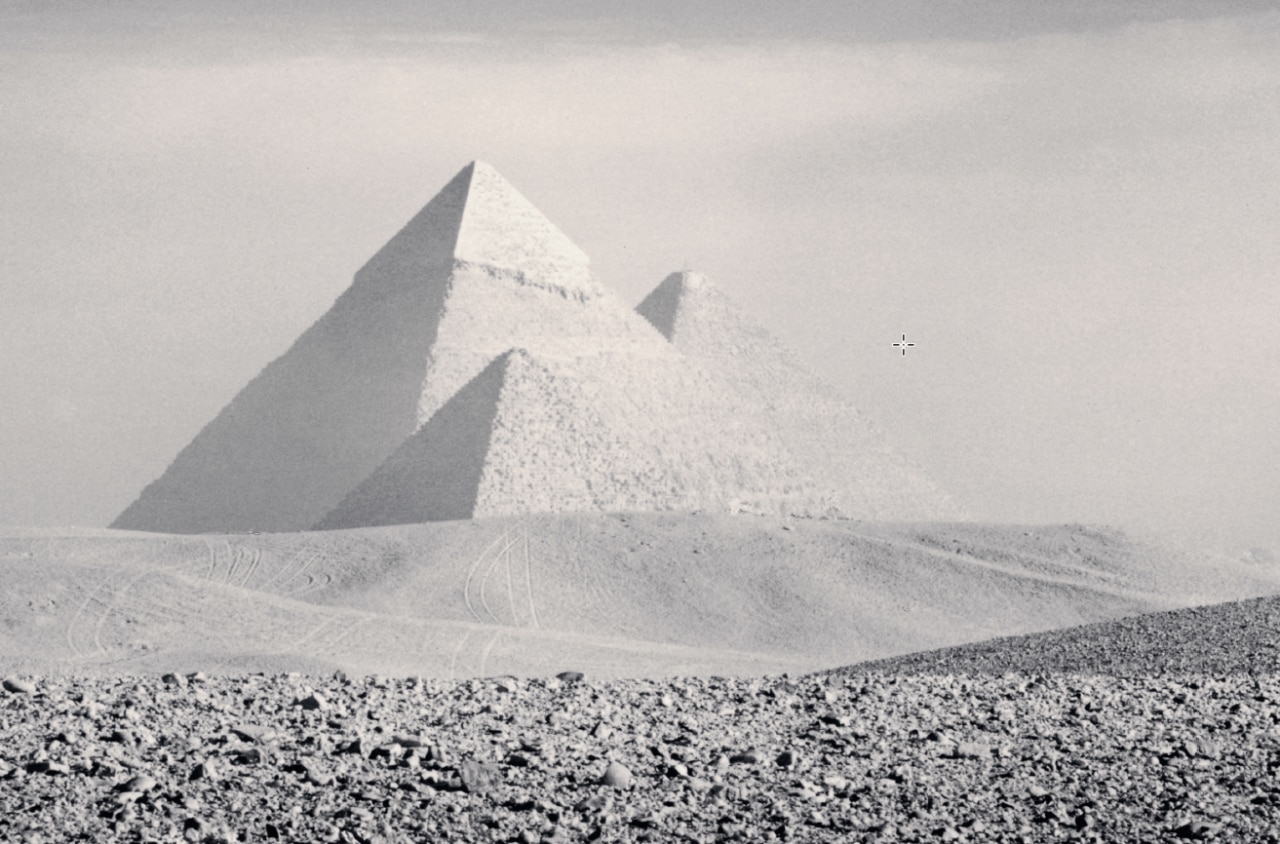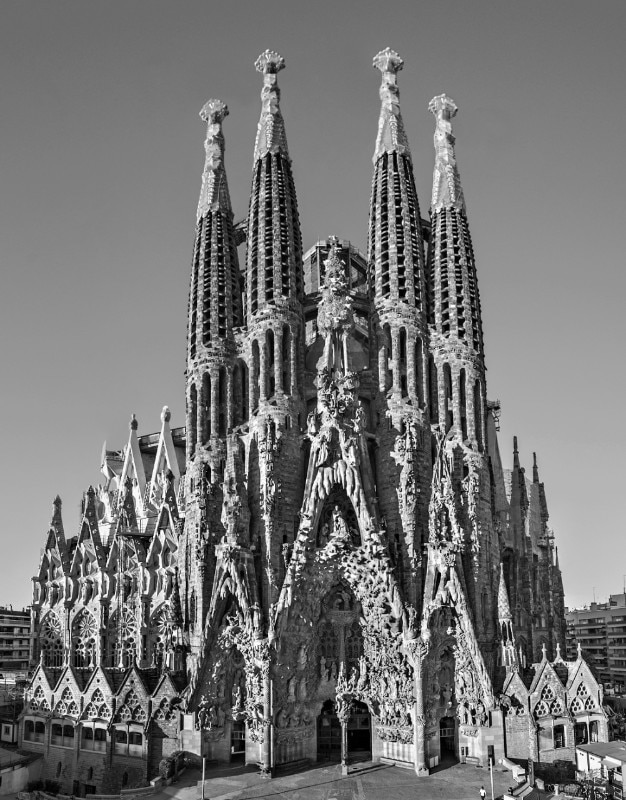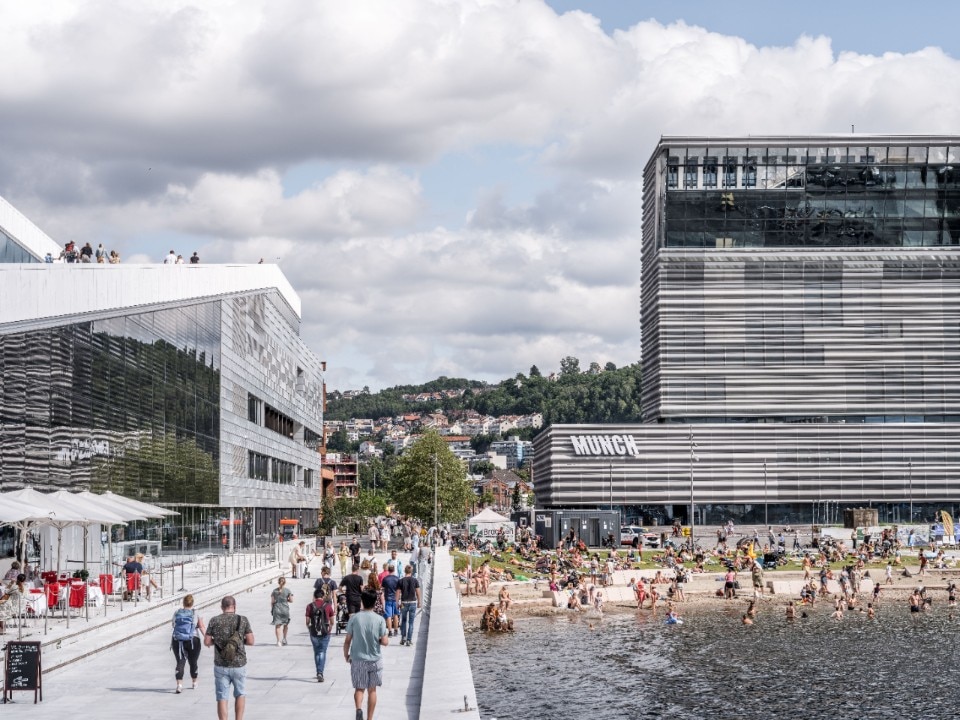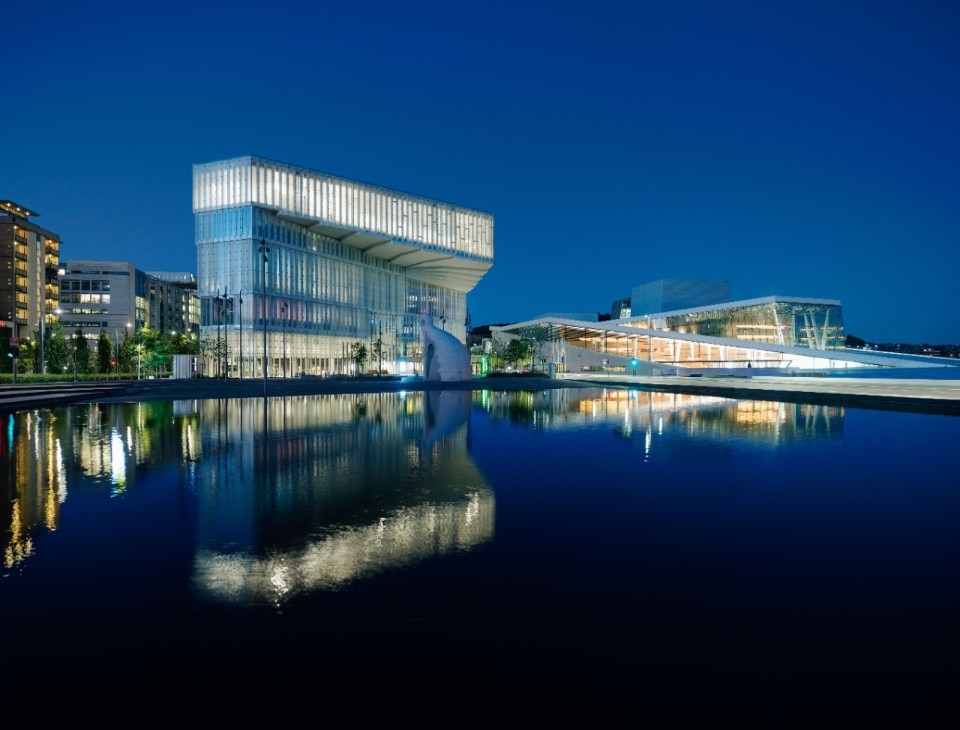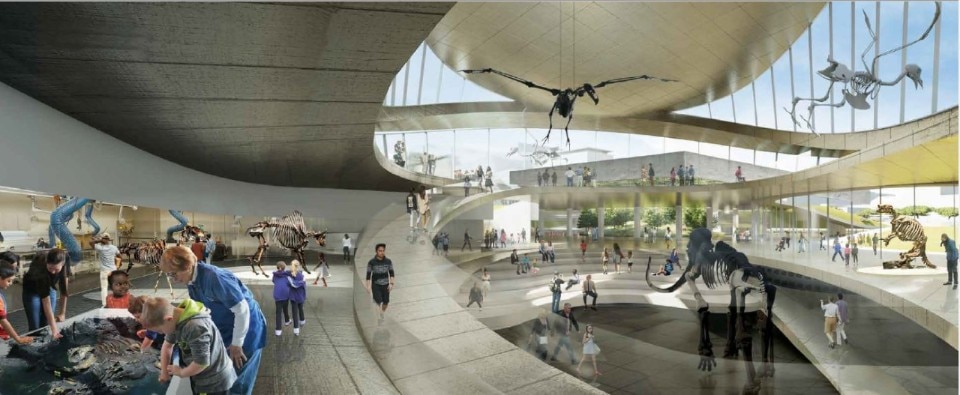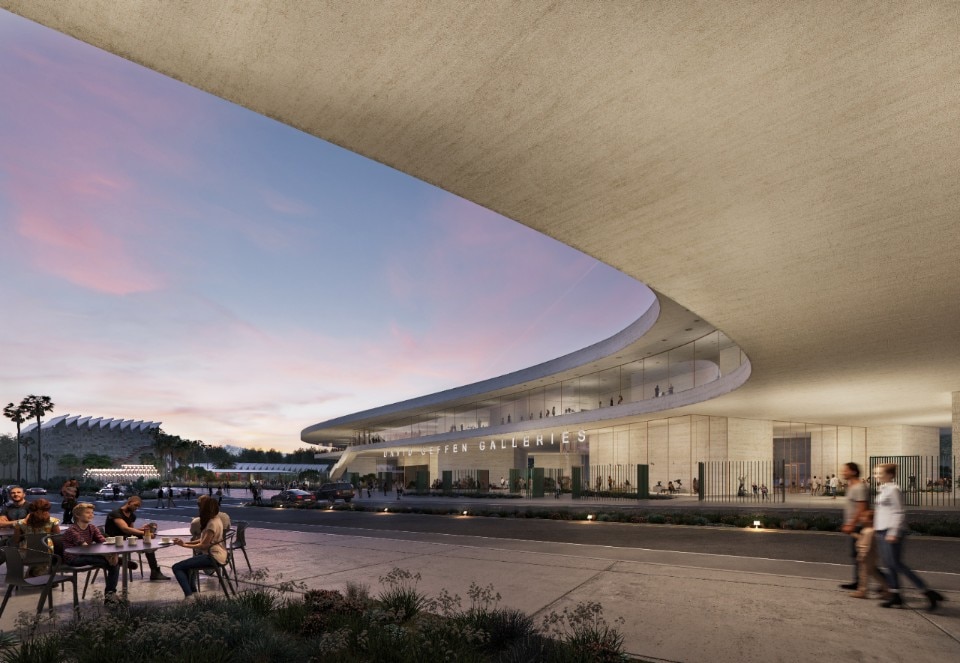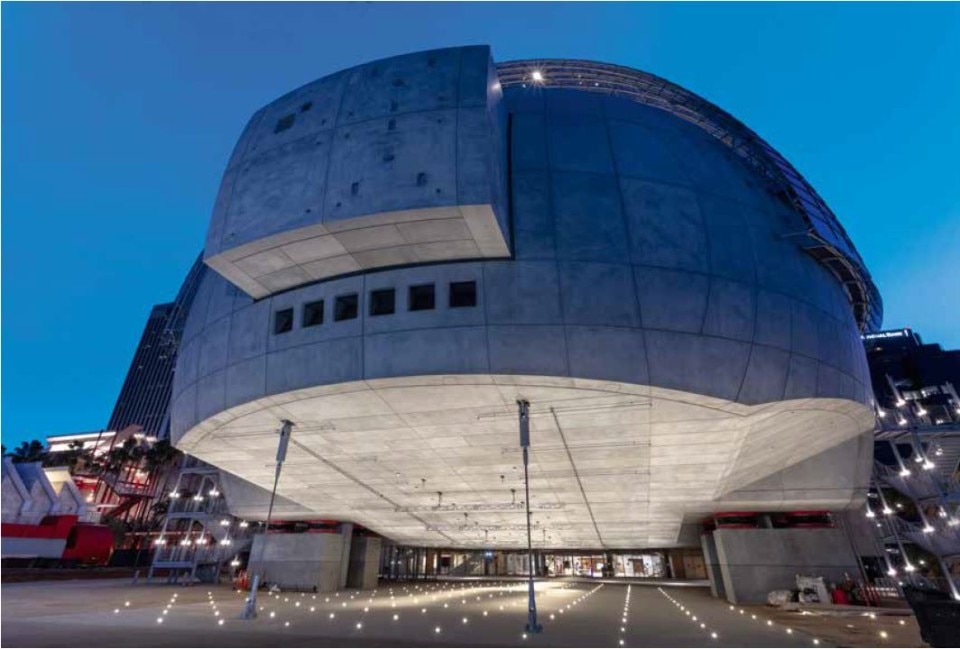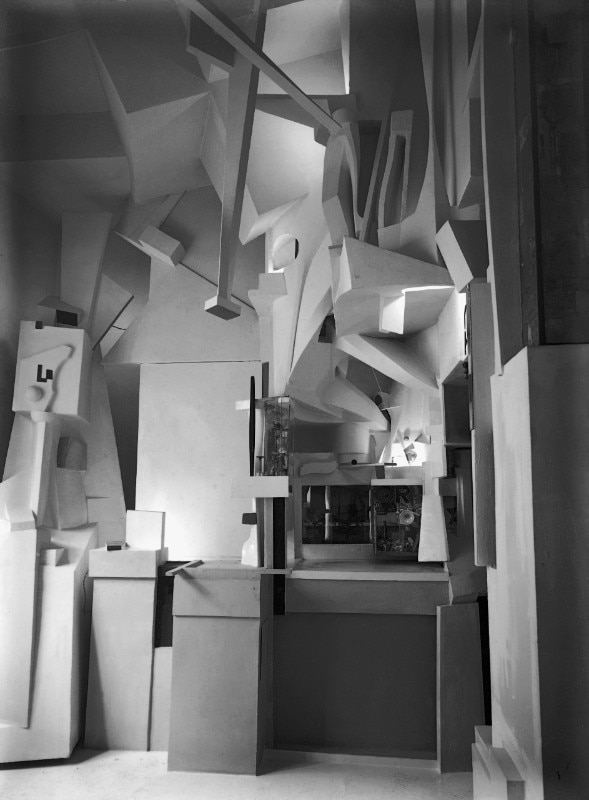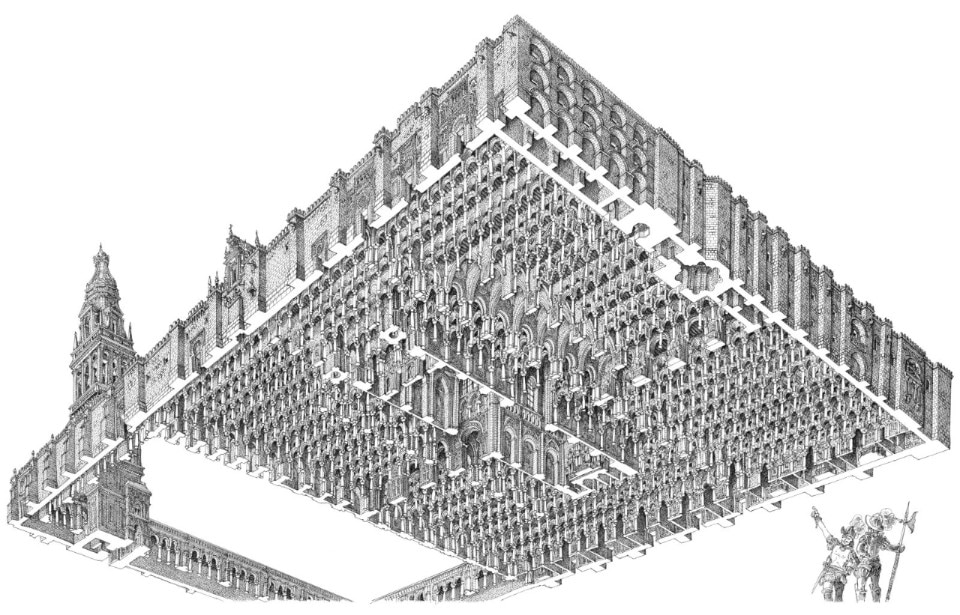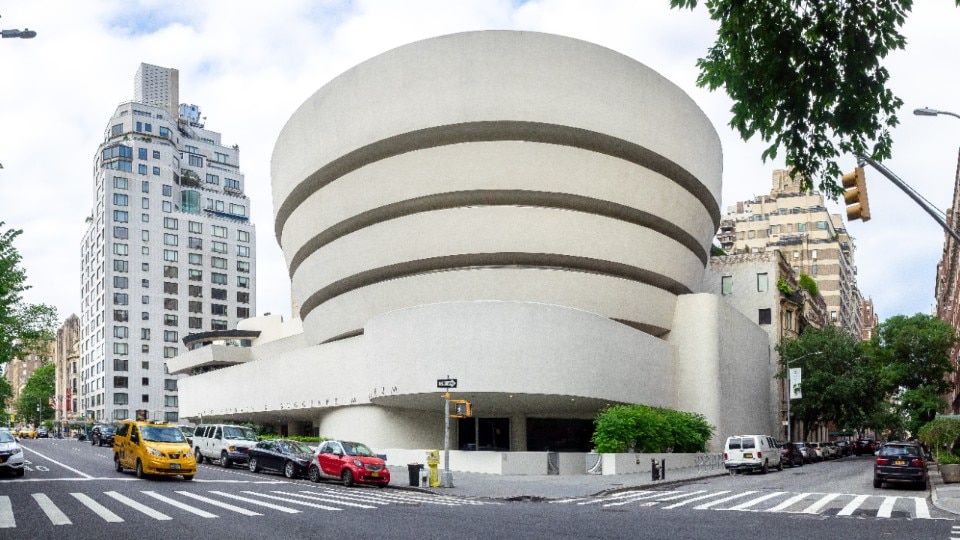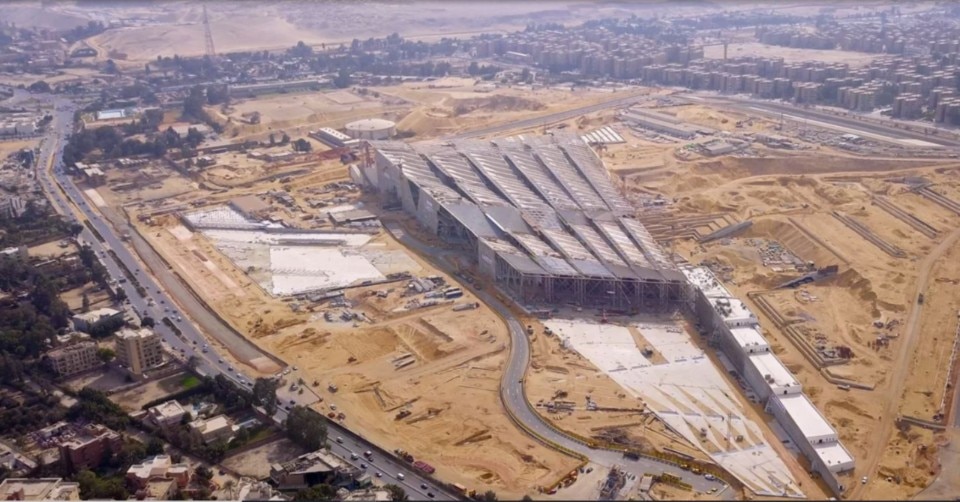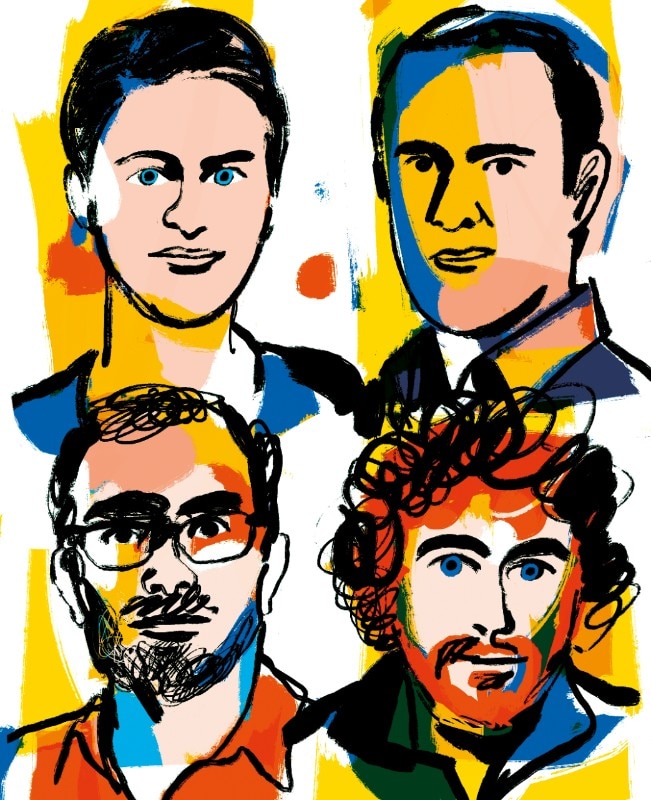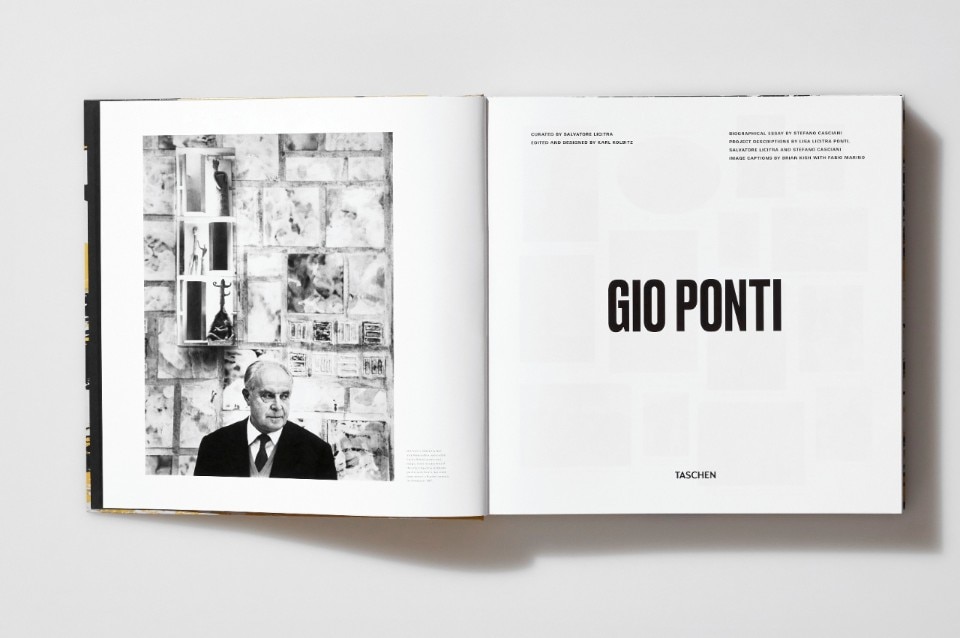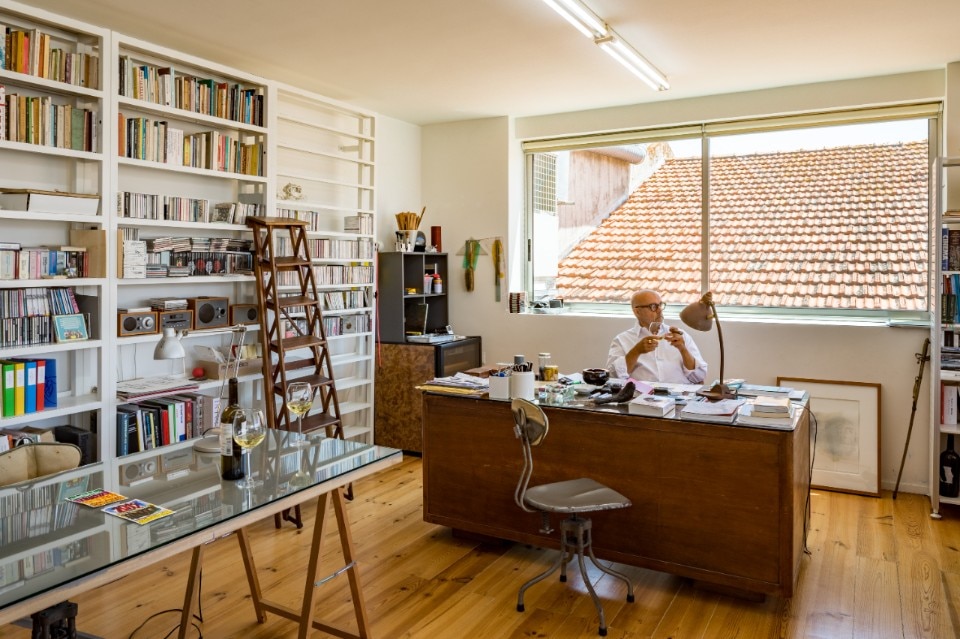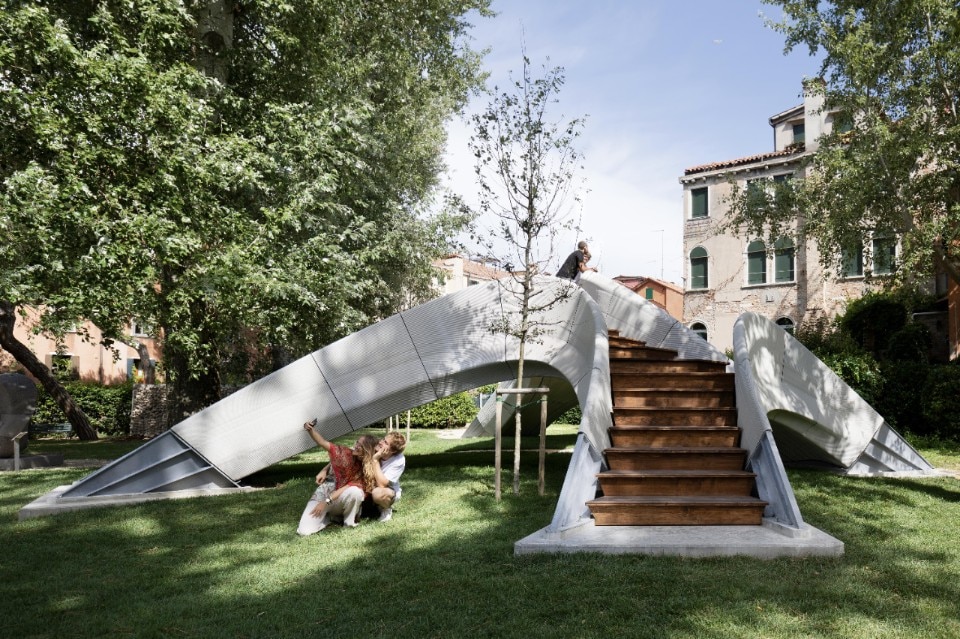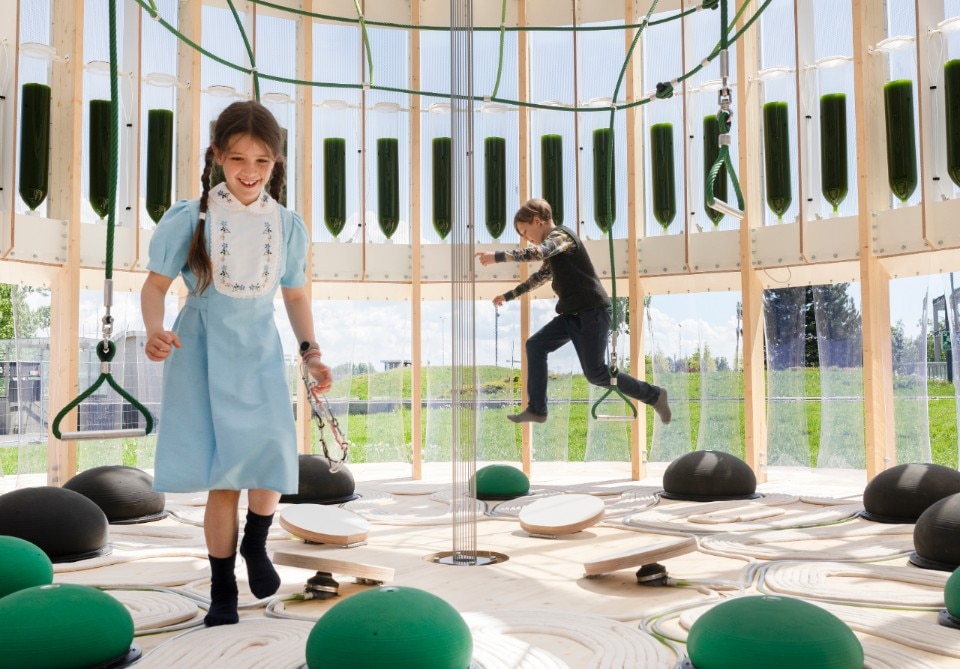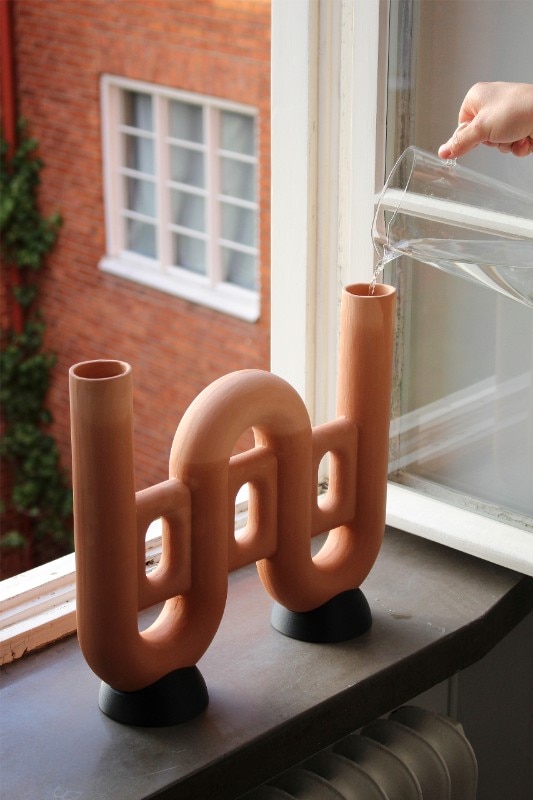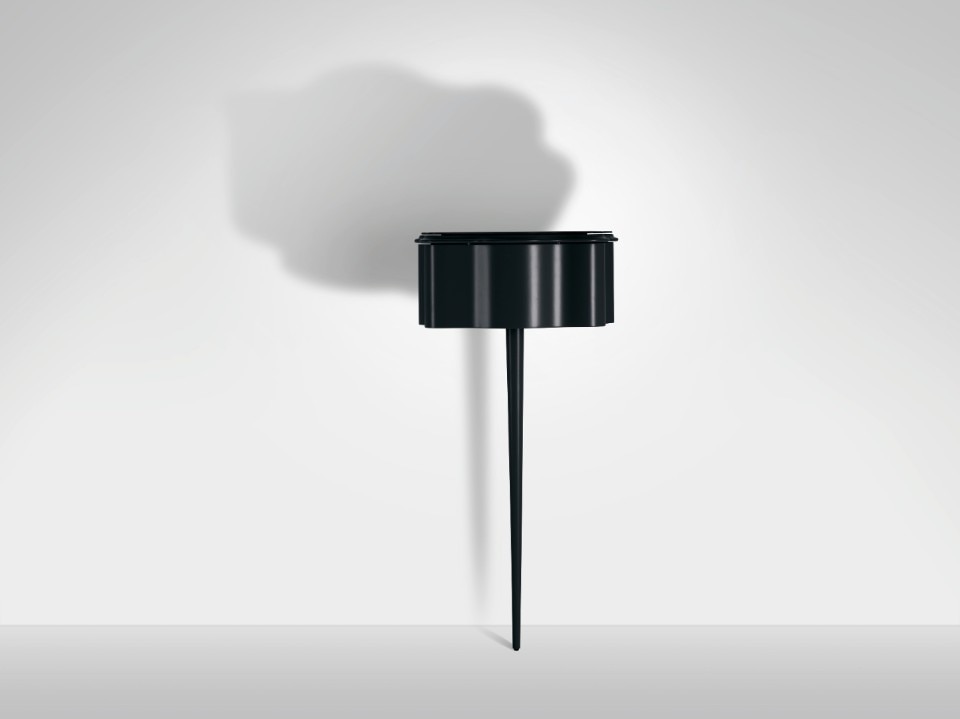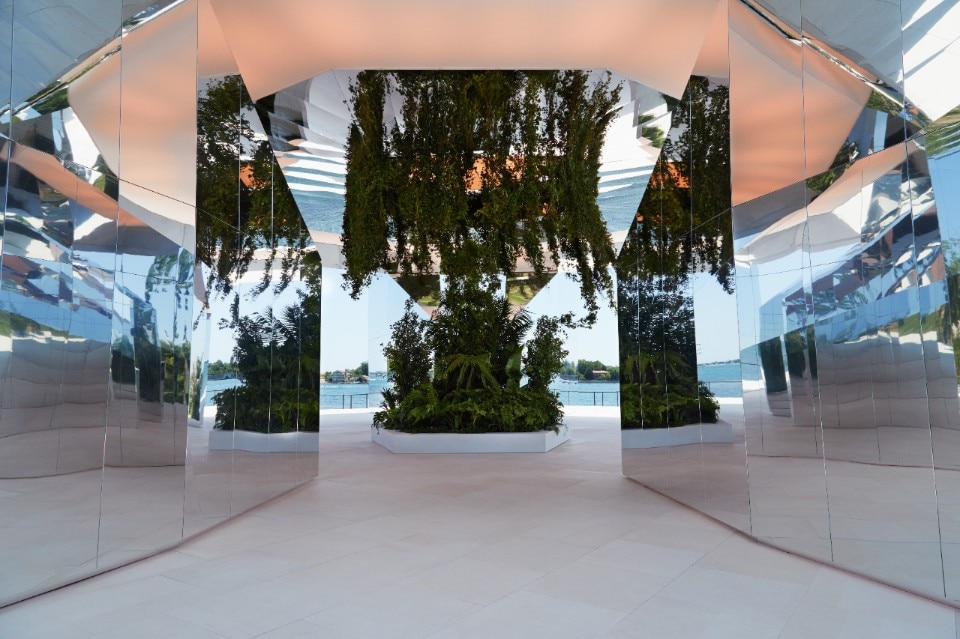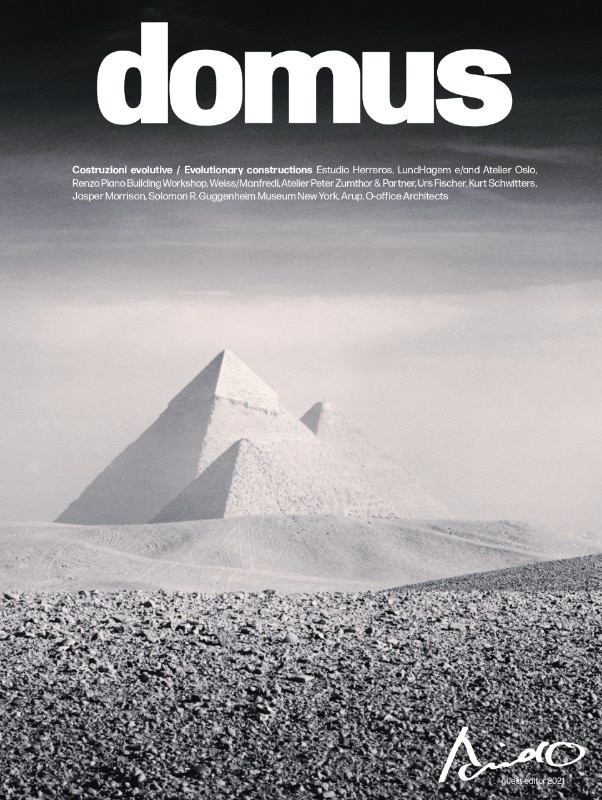Domus 1060 opens with an editorial by guest editor Tadao Ando, in which he presents the theme of the September issue: evolutionary constructions. Ando includes some examples of architecture in constant evolution, including La Sagrada Familia and the Lousiana Museum of Modern Art in Denmark. Works that, like many others, morph through time and space like “animated creatures”.
Ryuji Fujimura’s essay uses concrete examples to elaborate a different, linear design process to “develop a new, more open and accessible creativity”.
The second essay in this issue is written by Virgil Abloh and is entitled “The Percentage of Creativity” - he theorises how 3% is the percentage that can give life to a project, an idea, a change.
In the Architecture section we explore 7 projects in 2 cities: Oslo and Los Angeles. These projects, although very distant and different from each other, develop with a common denominator: the attention to the space surroundings and its intrinsic history.
The Art section analyses the work of artists Urs Fischer and Kurt Schwitters who, working with perishable materials, deconstruct the immortal nature of art, showing the passage of time and the intrinsic connection between art and nature.
In the Design section, Jesper Morrison tells the story of the iconic Iso-Lounge chair he designed for Isokon Plus. A project in continuous evolution, born from the concept of the cantilever chair, widely used in the history of design, from Breuer to Panton.
The Creators column asks the question “What is evolution?” to famous artists and designers: Manuel Aires Mateus, Paul Smith, Jean Nouvel, Es Devlin, Frida Escobedo, Virgil Abloh, Sou Fujimoto, Dominique Perrault, Thom Mayne and John Pawson, who elaborate on their ideas through drawings, photographs and words.
The Around the Project section explores the history of 2 famous projects: the Guggenheim museum in New York and the Great Egyptian Museum in Giza. Finally a visit to O-Office Architects in China, renowned for their approach to transforming and reinterpreting historic buildings while respecting the tradition and character of the area.
The issue closes with words from editor Tadao Ando on the dialogue between nature and architecture.
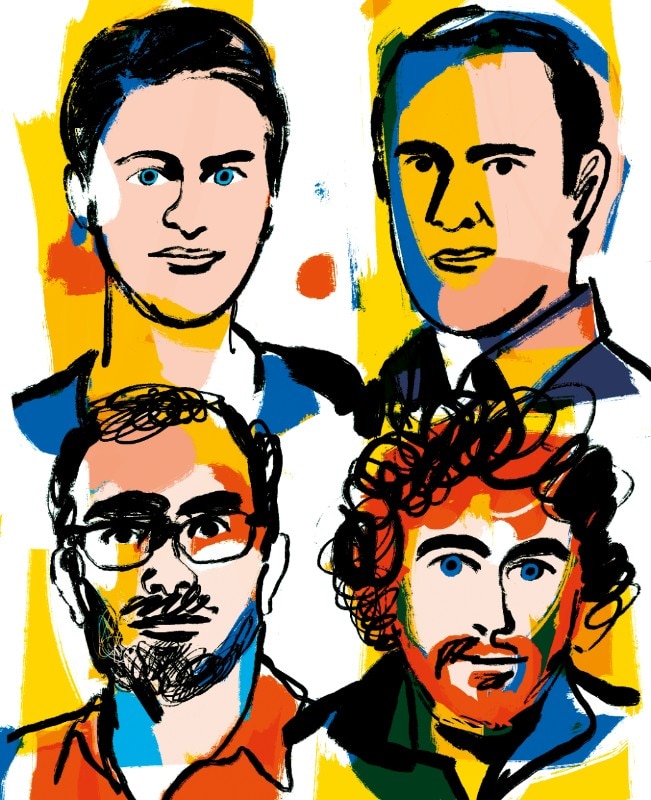
In this month’s Diary: at the Round Table with Driss Kettani (Driss Kettani Architecte), Yves Moreau (Studio Muoto), Anna Heringer (Studio Anna Heringer) and Karim Nader (Karim Nader Studio) we ask the question “How can we create a sense of belonging to the community and integration with the context by designing a school?” to which the four architects respond through a debate revealing different approaches and attitudes.
In the House Like Me column, we enter the home-atelier of Pedro Cabrita Reis, a Portuguese artist and jazz music enthusiast. This is followed by pages on fashion, public spaces, 3D printing and architecture for children. And also: design, products, companies and new (and old) talents in the world of design. The Diary closes with a text by Domus editor Walter Mariotti on land artist Doug Aitken’s latest installation “Green Lens”, commissioned by Anthony Vaccarello for Saint Laurent’s SS 2022 fashion show.


